Exploring Digital Craftsmanship Through 3D Printing
- 21 Feb 2023
- By Deshal Shah
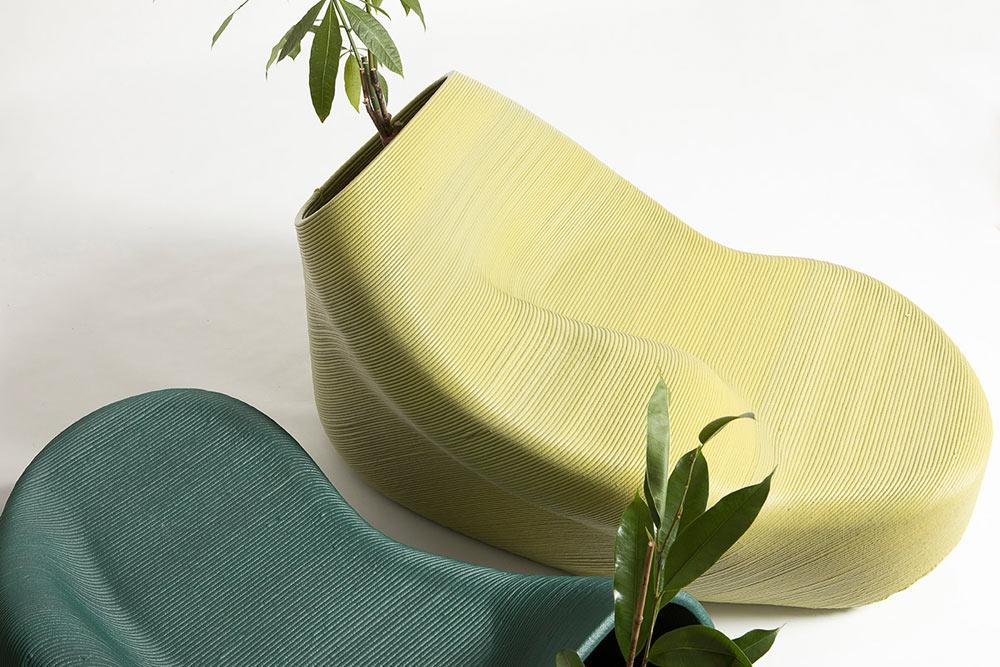
One of the most crucial part of furniture business is – design. Making a prototype, testing and reworking the final parts, are the steps before reaching the final product. This process requires a good amount of time and most definitely, a hefty investment. With 3D printing, all this can be achieved only at a touch of a button. It simplifies the production method, reduces the cost of designing furniture and opens a world of endless creative possibilities.
The conventional methods of furniture production mainly involved, cutting, molding and bending. Overcoming the challenges of these, 3D printing streamlines the manufacturing. The entire process has evolved drastically and can be summed up in 2 steps: creating digital design using 3D modeling software and then printing it layer by layer. As a result of this simplistic approach, intricate details and complex geometry can be achieved easily.
In addition to the benefits that 3D printing offers, there are different ways of sustainable production. Additive manufacturing methods and upcycling materials can lead to reduction in waste. Furthermore, customization and on-site production can decrease the carbon emissions.
Below are some skillfully crafted examples of furniture that give a peek into the potential of 3D printing in contemporary architecture.
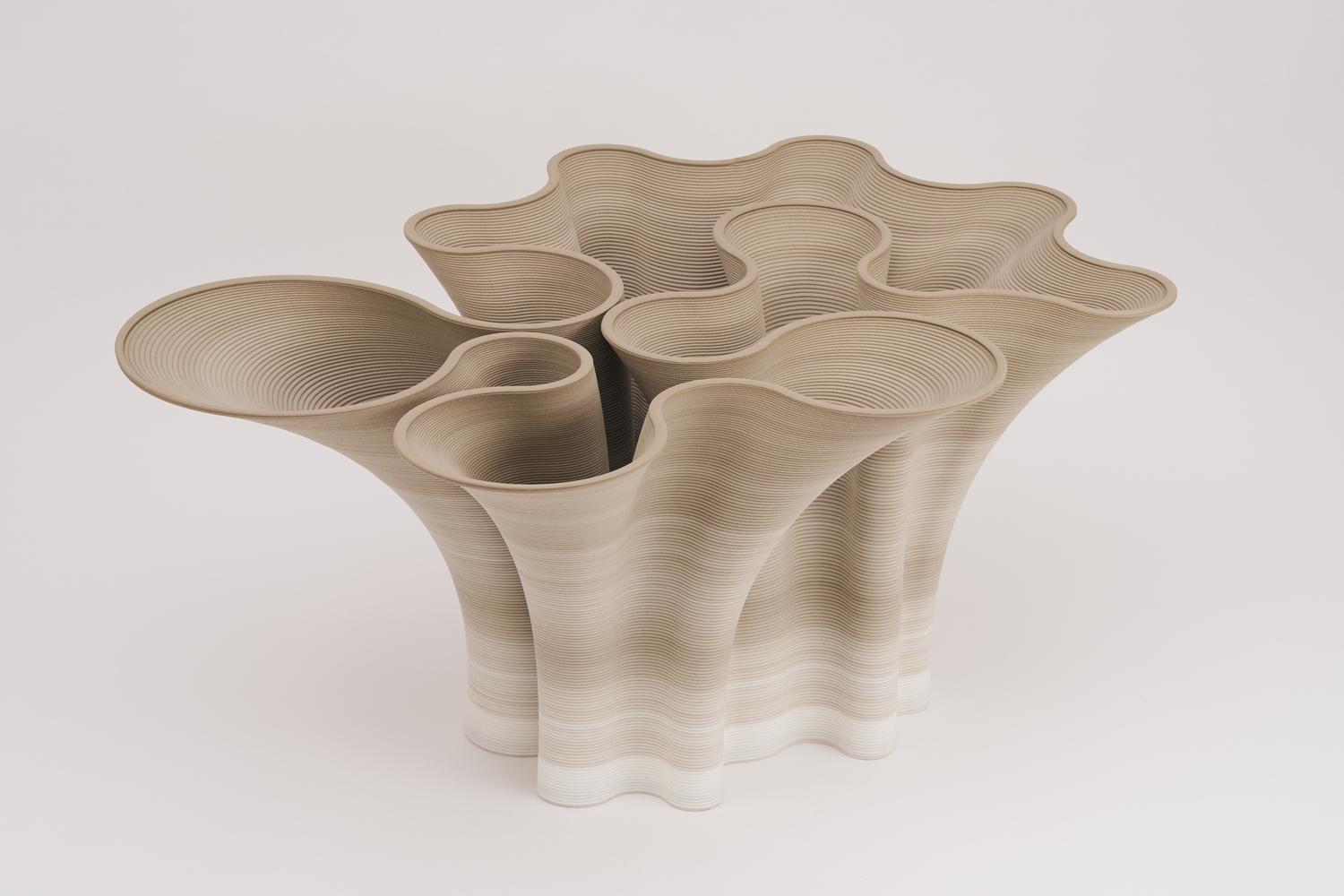
- Desert by NYXO Studio
Fossil dunes of Abu Dhabi’s desert was the prime inspiration for this design. The 3D printed layers of the table are a reflection of overtime layering of sand. It is printed with foaming PLA- derived from organic sources.
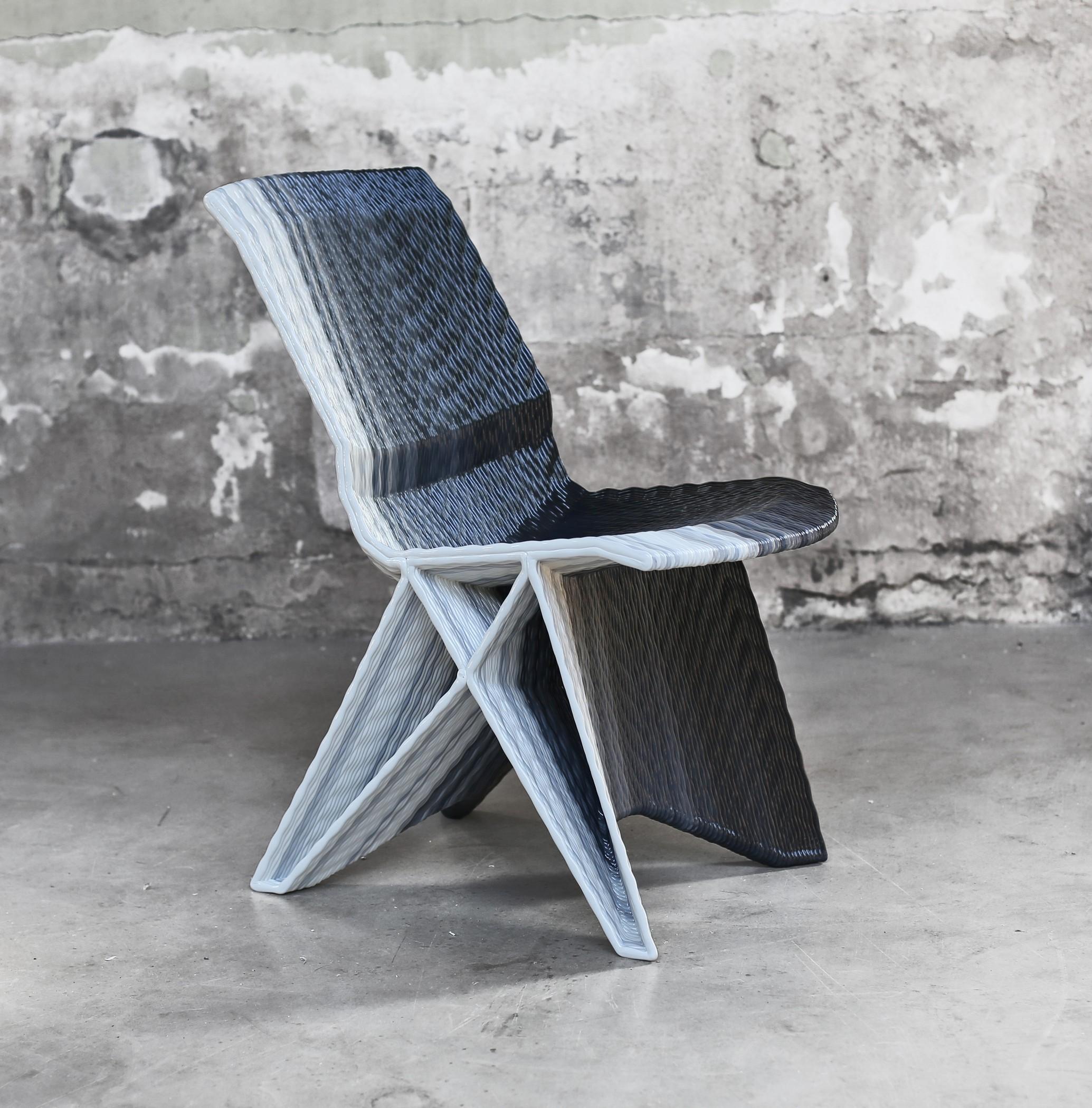
- Endless Pulse Chair by Dirk Vander Kooij
The chair is environmentally friendly and consist of discarded refrigerators that have been melted down. It is durable, strong, lightweight and recyclable.
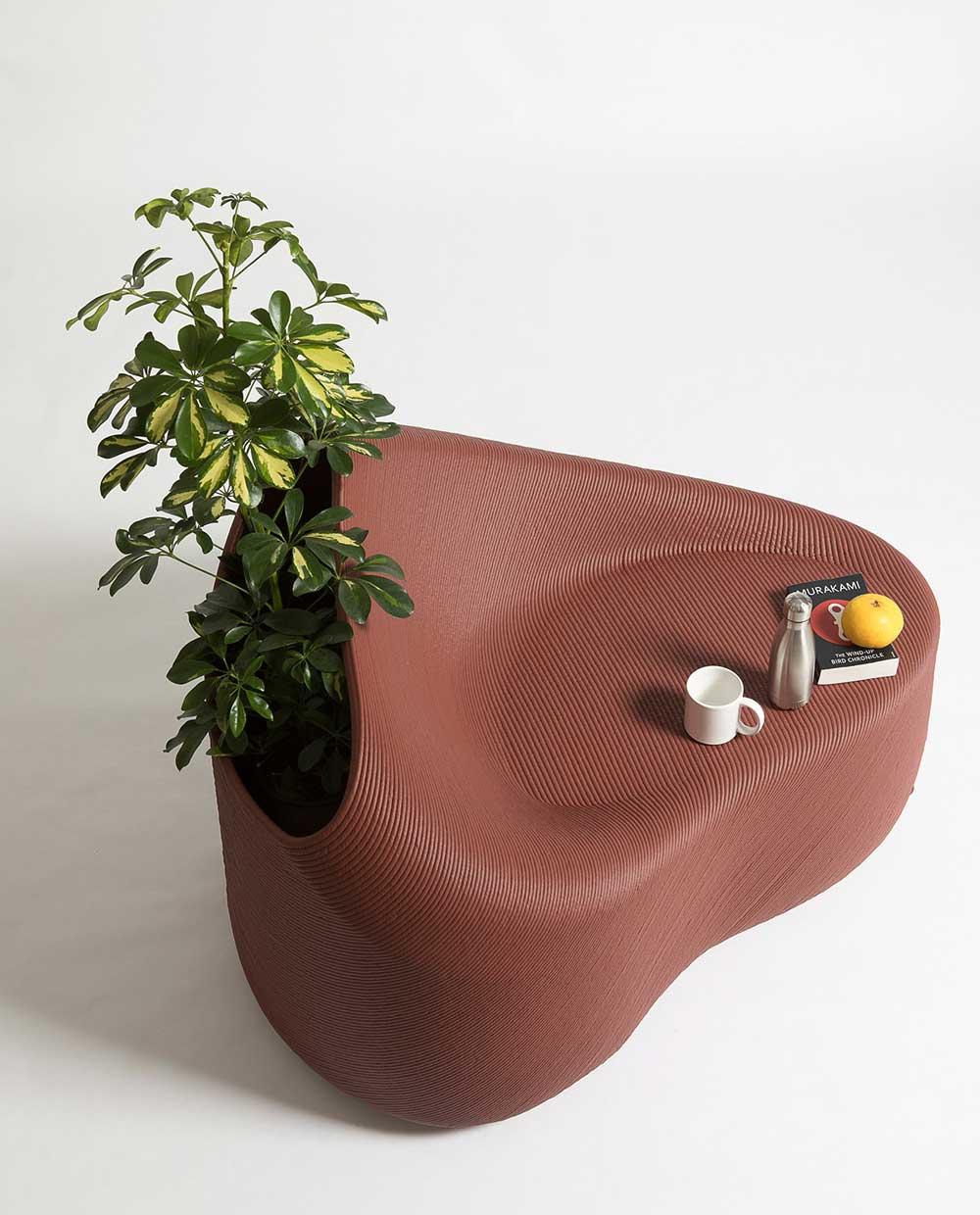
- Public seating by The New Raw
The New Raw launched the Print Your City initiative and created public seating that can double as planters. It allows people to bring their plastic waste and recycle it, in order to create custom street furniture.
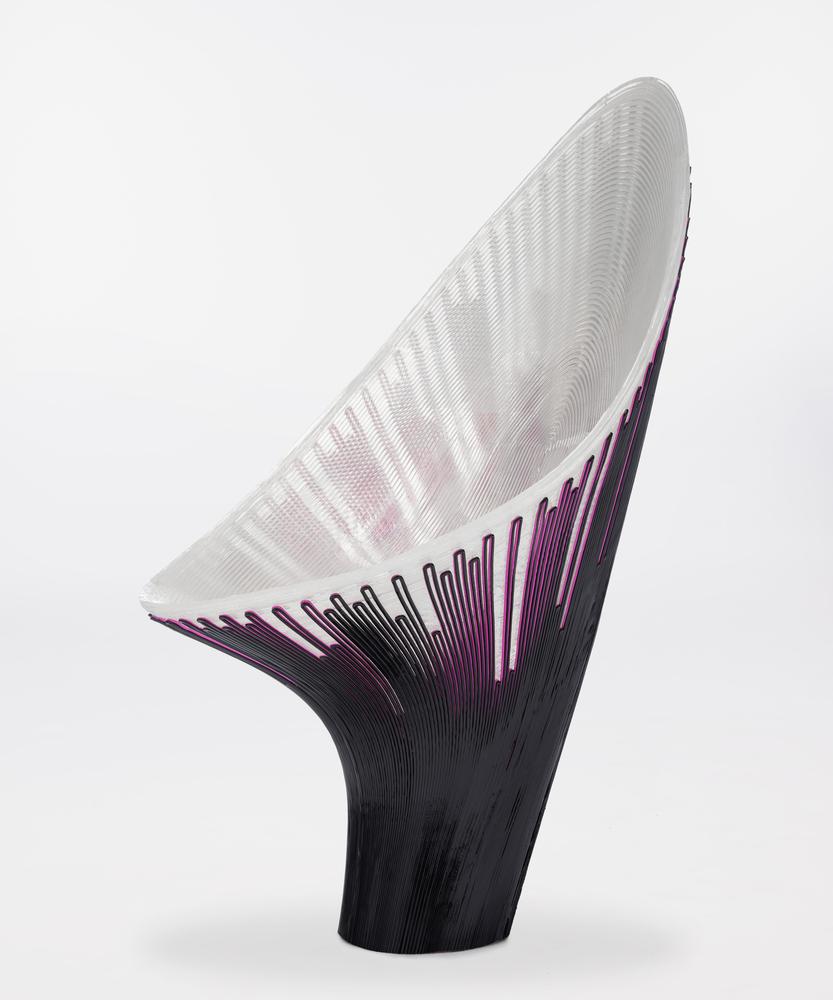
- Bow by Zaha Hadid Architects for Nagami
The bow chair is the latest example of ZHA striving to cross new boundaries of design and material experimentation. With the elaborate patterns and color gradients, the Bow chair changes the way we look at furniture.
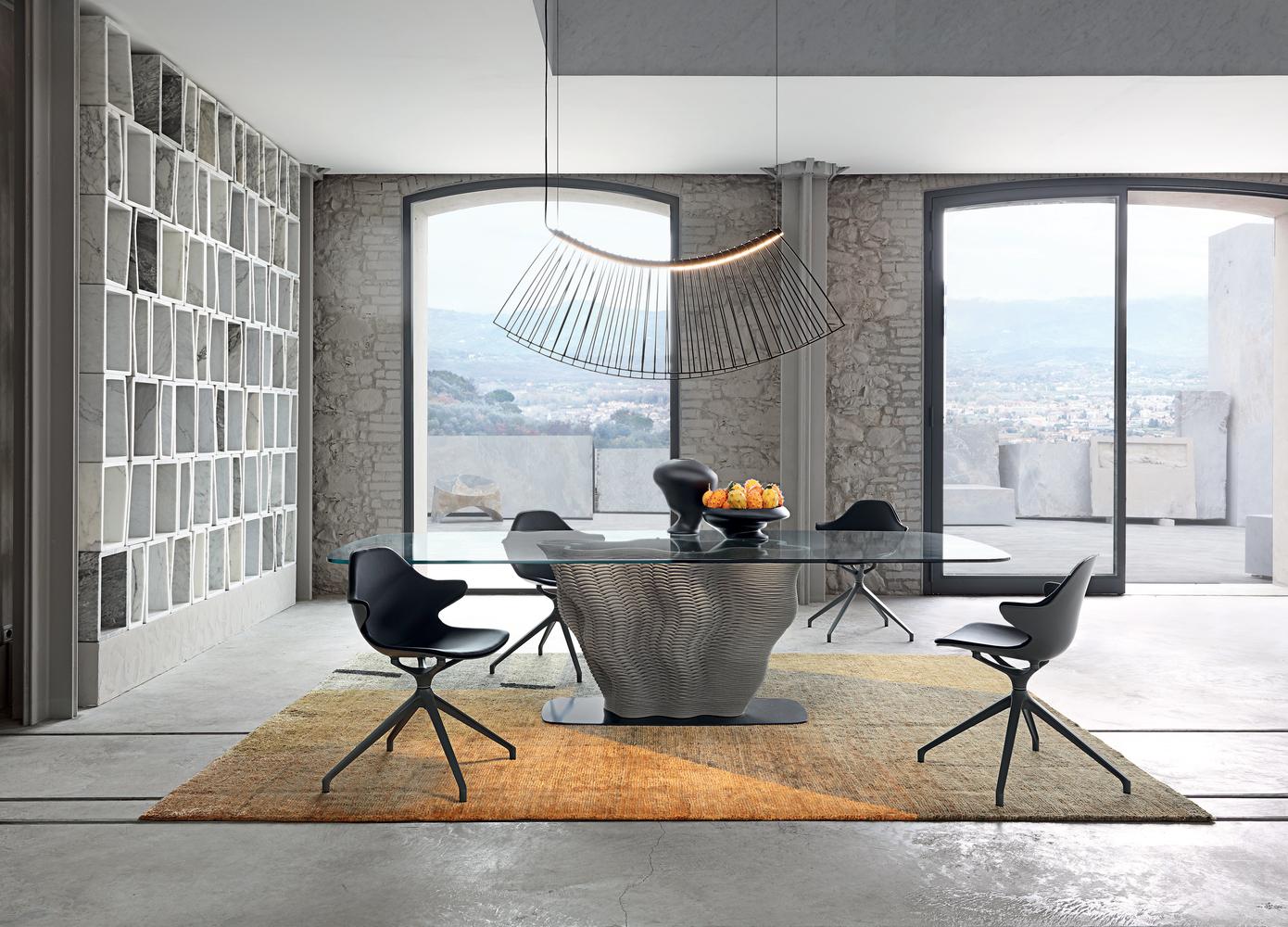
- CORAIL by Antoine Fritsch & Vivien Durisotti for Roche Bobois
The dining table exaggerates a 3D printed concrete base which looks like coral reef colonies, fungi or giant shells. It can be customized in shape and size according to the user’s specific need.
Recently Published
loves or pursues or

.jpg)






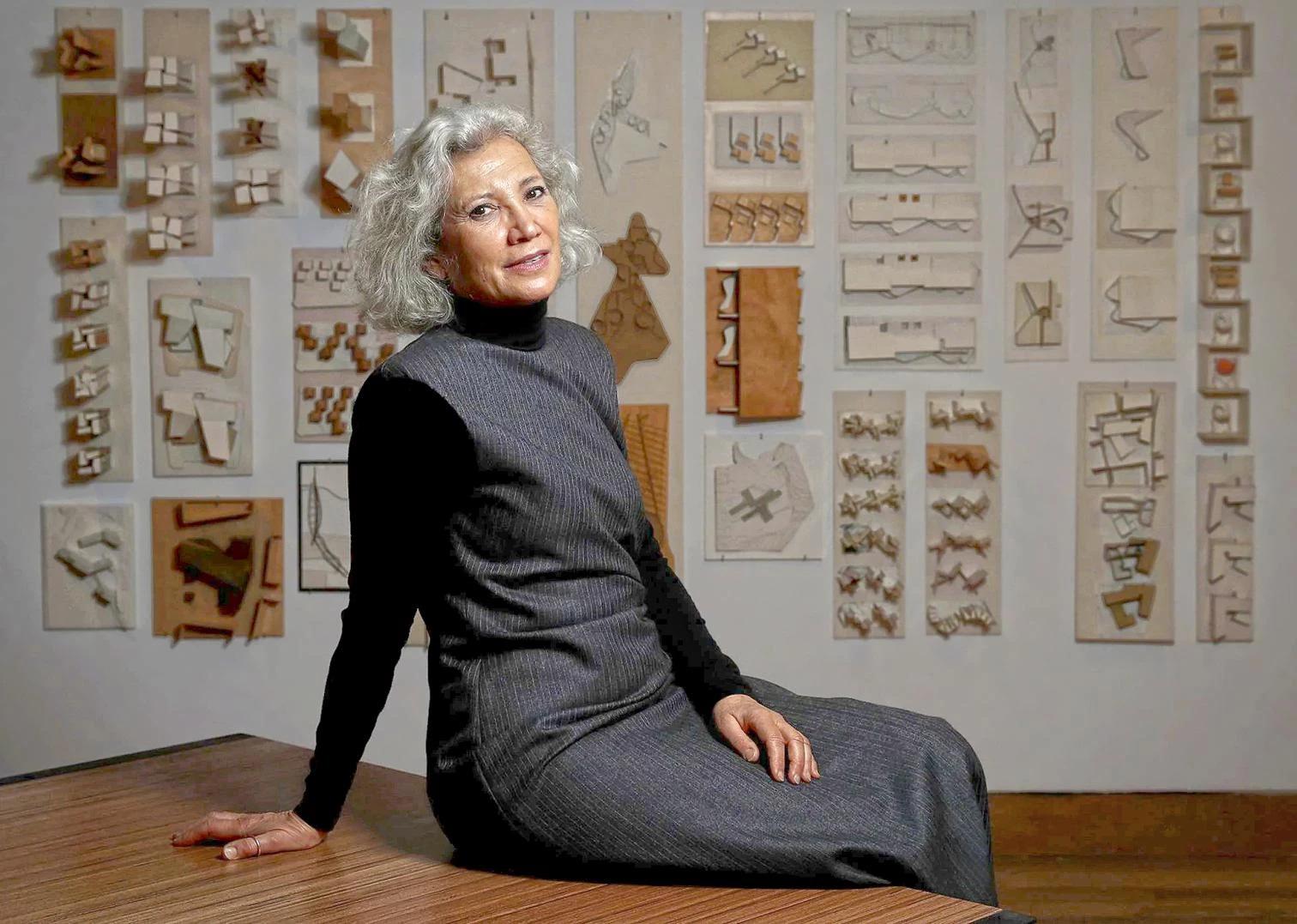
.jpg)